$NVDA
#Nvidia #JensenHuang #USChinaTensions #Semiconductor #TechIndustry #ExportControls #GlobalTrade #ChipIndustry #TechnologyStocks #TradeWar
Nvidia CEO Jensen Huang has recently criticized the U.S. government’s approach toward semiconductor export controls to China, labeling it as a “failure.” This outspoken critique has sparked a broader conversation about the effectiveness of the current export restrictions and their impact on the global semiconductor industry. The restrictions, aimed at limiting China’s access to advanced computing chips, represent a significant tension point between the U.S. and China, with wide-ranging implications for technology and trade policies.
Huang’s criticism is not an isolated opinion within the tech community. Many analysts and industry insiders echo his sentiment, pointing out the counterproductive nature of these regulations. They argue that instead of stifacing China’s semiconductor capabilities, the controls have spurred a push for self-sufficiency in chip manufacturing within China. This reaction poses a longer-term challenge to U.S. semiconductor businesses, potentially reducing their market share in one of the largest global markets for high-tech components.
The debate over export controls centers on a fundamental question: whether they serve as an effective tool for national security or merely accelerate technological competition in ways detrimental to U.S. interests. Huang, leading one of the most influential companies in the global semiconductor industry, suggests that the policy may ultimately harm U.S. companies more than it does Chinese ones. These companies are not only losing out on sales to Chinese firms but are also faced with increased competition as China advances its domestic chip production capabilities.
This discussion is part of a larger narrative about the U.S.-China technological rivalry, which encompasses not just chips but a broader range of technologies, including AI and telecommunications. Huang’s comments shed light on the complexities of global tech leadership and the unintended consequences of trying to limit technological diffusion through trade policies. As this dialogue unfolds, it will be critical for policymakers and industry leaders to balance national security concerns with the realities of a tightly interconnected global technology landscape.



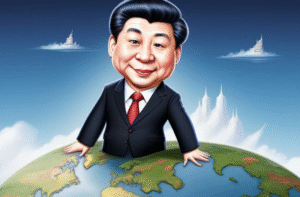

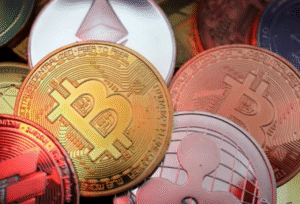

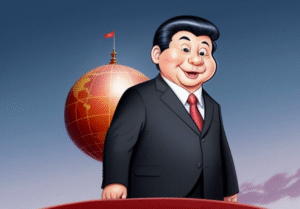

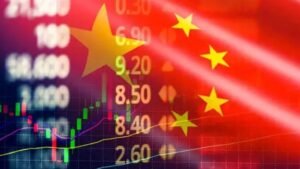
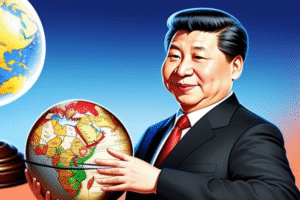
Comments are closed.